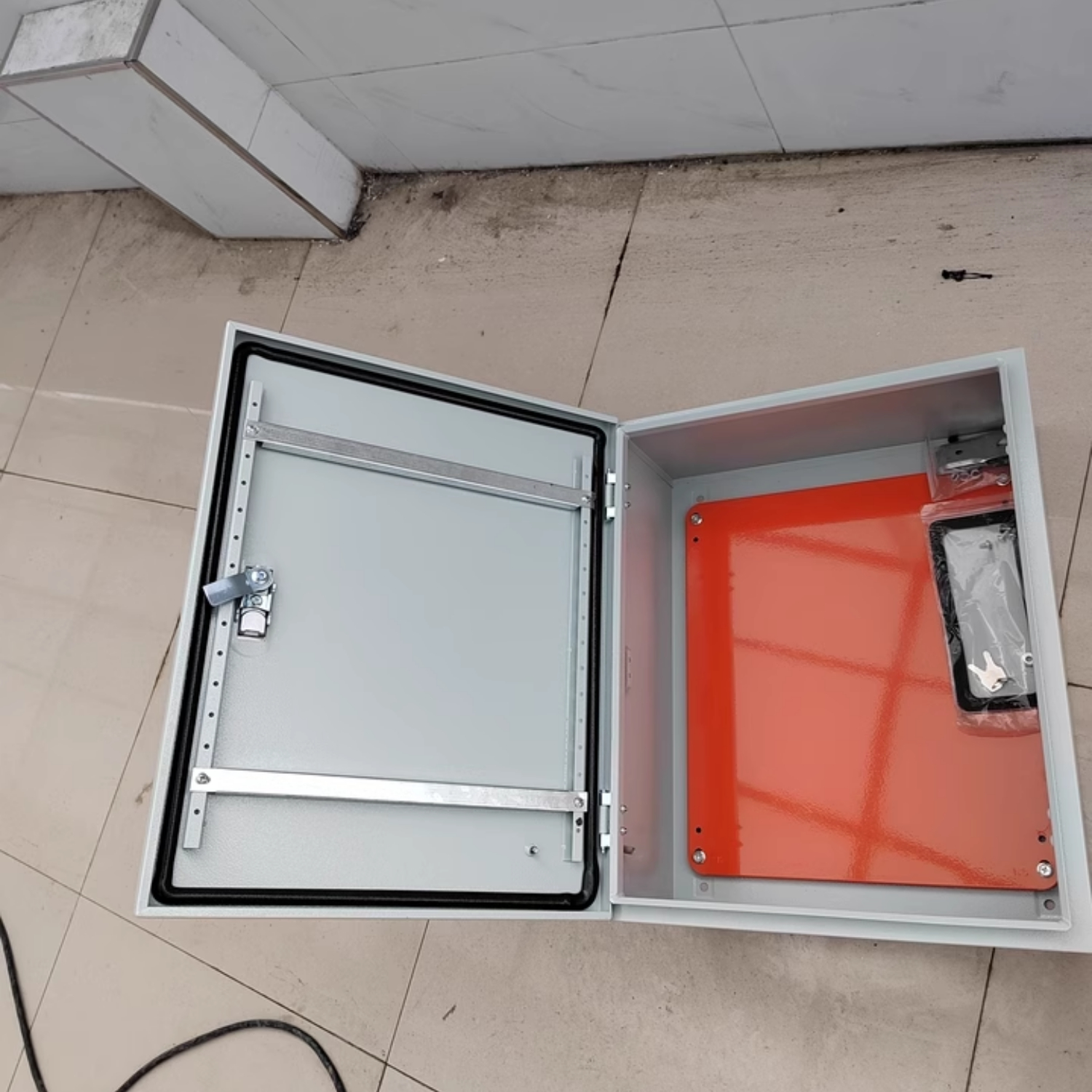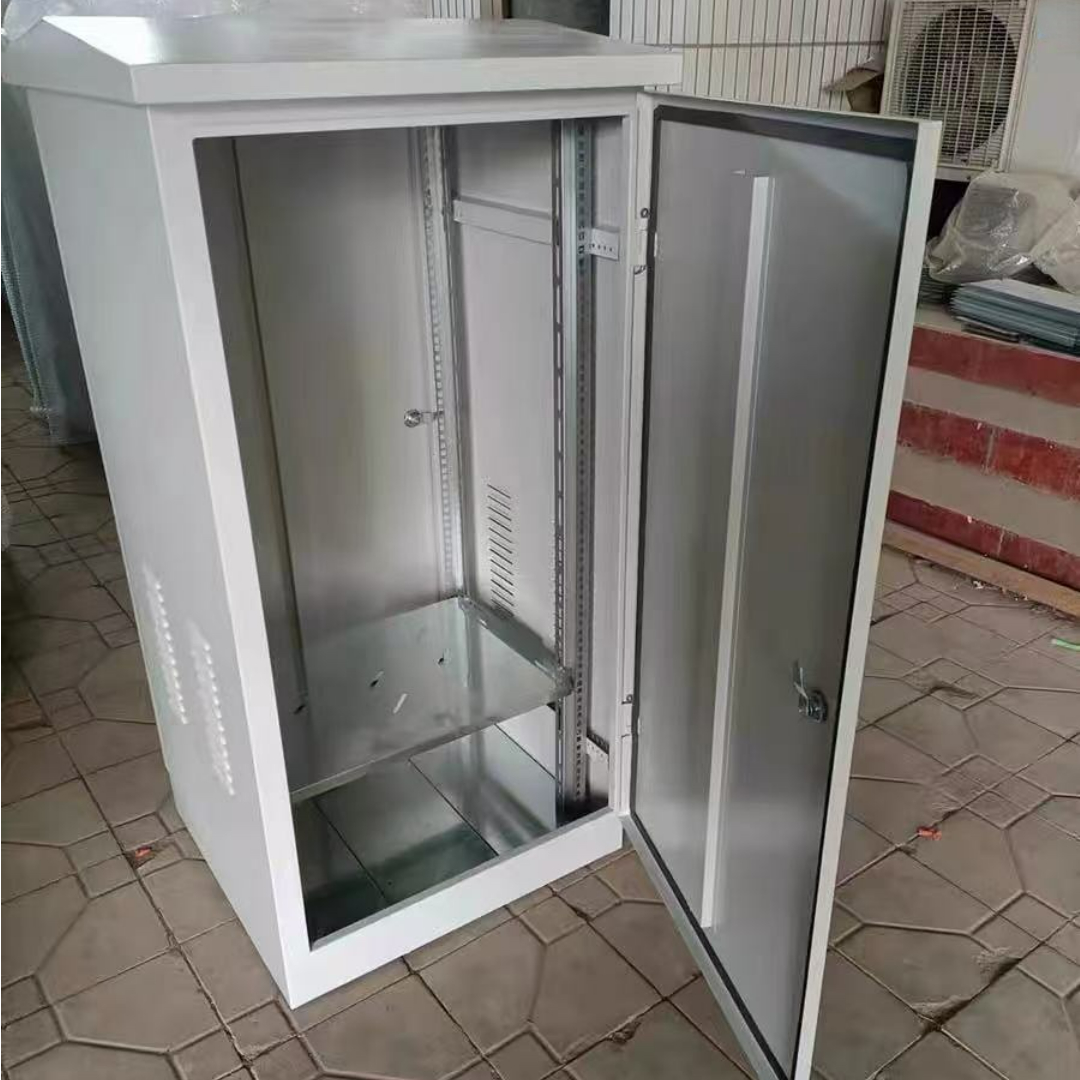Home / News / Industry news
Industry news
Aug 24,2025
By:Shinging
For applications that need intricate components and streamlined, consistent manufacturing methods, deep drawn stamping is among the top processes to utilize. Deep drawn stamping can produce large quantities of components with a mix of speed, precision, and uniformity. It also manufactures components as a whole, which reduces the need for assembly. Moreover, deep drawn parts are exceptionally strong due to the compression they experience during manufacturing.
Deep drawn metal stamping is favored by manufacturers because of the lightweight, high-strength, and conductive characteristics of metal materials. Yet, metal may sometimes need extra procedures to add new characteristics or tolerances for specific uses. To accomplish this, heat treatment is frequently employed alongside the deep drawn stamping method for different metal components.
What is heat treatment?
Heat treatment methods can alter the physical and mechanical characteristics of metal while preserving its form and overall integrity. It improves the current characteristics of metal while making it ready for further processing. Based on the application and particular components, several heat treatment methods are accessible, including:
Involves warming metal to a specific temperature before gradually cooling it down. This method is commonly utilized for deep drawn parts.
Entails raising components to a designated temperature below the critical point in an inert environment or vacuum. This method is utilized to improve the durability of iron.
Employed for the treatment of medium-to-high carbon ferrous metals to achieve bainite formation, improving the toughness and strength of the metals while minimizing distortion.
What is annealing?
Annealing is a heat treatment process that modifies the physical and chemical characteristics of metals to decrease hardness while enhancing ductility for better workability. The alteration in properties is specifically caused by the dislocation within the crystalline structure of the metal. As heating occurs, atoms move through the crystal lattice, leading to a decrease in dislocation count, which affects the metal's hardness and ductility. During the cooling and solidifying process, the heat-treated metal undergoes recrystallization.
Various kinds of equipment are utilized for annealing to finalize this process, including:
Annealing furnace with vacuum. This apparatus is utilized to execute annealing and aging processes for various alloy materials, stainless steel, magnetic substances, devices, copper, and numerous others.
Hump-back (belt) annealing apparatus. This system derives its name from the “humpback” shape of the elevated heating chamber, featuring entry and exit tunnels inclined on both sides. The design is perfect for applications that need a regulated hydrogen environment because dense air that comes in through the entry and exit doors stays outside the raised chambers where hydrogen gas moves.
Furnace for retort heat treatment. These furnaces include sealed containers that rest over or around items to isolate them and the heat treating area from the furnaces’ heat source and insulation. They provide greater control over workspaces containing hydrogen or argon atmospheres for maximum efficiency and precision.
Uses of Annealing
Annealing is the main heat treatment method applied to deep drawn parts, and it is usually employed to process raw materials or components during shaping. Annealing is typically utilized between forming processes to help preserve the material’s strength while minimizing stress and fatigue caused by the deep draw forming procedure.
Annealing is commonly employed for processing raw stainless steel alloys like AM350, which comprises chromium, nickel, and molybdenum. This mixture is favorable for heat treating, as it improves the material’s strength and workability. When processed, AM350 stainless steel gains enhanced formability while maintaining its corrosion resistance and overall strength.
Tailored Deep Drawn Parts from Shinging Technologies
For reliable deep drawn metal stamping services for a specific application, ShingingTechnologies possesses the necessary resources to deliver high-quality, consistent outcomes. We can manufacture numerous tailored and affordable metal components suitable for almost any sector without the waste generated by other less efficient methods.
For additional details regarding our deep drawn stamping capabilities, or to find out how Shinging Technologies can fulfill your unique needs, reach out to us today.

The global shift towards renewable energy has made solar energy the cornerstone of sustainable infrastructure. For commercial professionals supervisin...
Dec 18,2025 / Industry news
In industrial infrastructure, selecting enclosure materials for Power distribution cabinet Enclosure is a crucial choice influencing durability, cost ...
Dec 16,2025 / Industry news
In industrial and commercial environments, electrical junction box enclosures are important protective tools for electrical systems. These enclosures ...
Nov 25,2025 / Industry newsOnline

Provider of Complete Metal Manufacturing Solutions
+86 18939857433
1188 Jiu Ye Road, Shanghai, China
11561 N Lamar Blvd,Austin,Texas,United States of America,78753
Gyeongin-ro 56-gil 8, ,3F jjbeauty,Guro-gu,Seoul,Guro-gu,Seoul,Republic of Korea
Top
Copyright © 2025 Shinging Technology Co., Ltd.,
Power By Bontop